By analyzing China’s experience in poverty reduction, we can find solutions to the same questions in our own country as well as those affecting humanity at large. This article looks at China from the viewpoint of Turkey and our efforts to achieve success in our ‘Second War of Independence’. Since cooperation between Turkey and China is to the benefit of both countries, it is very important that China becomes better understood here, for our own benefit!
POVERTY IS KNOCKING AT THE DOOR
The world is, rightfully, concerned about the financial fall resulting from the coronavirus outbreak. The pandemic chaos in developed countries is turning into financial chaos rapidly. Meanwhile, China is winning general approval as it avoids financial crises via effective centralized measures. As a result of this, developing countries are turning their faces towards statism to handle the cost of the virus.
The United Nations published a document entitled ‘World Economic Situation and Prospects’ covering the second half of 2020 this month. The UN Report estimates that 34.3 million people will fall below the absolute poverty line this year due to the economic contraction caused by the outbreak.
In Turkey, unemployment has increased dramatically, making poverty a critical issue in short order. According to TurkStat’s Income and Living Conditions Investigation report, the household poverty line is calculated as 8.892 TL per annum -it was 7.944 TL in 2017. Households who have annual income below this amount are considered as poor. While the number of impoverished people was 10 million 622 hundred (13,5%) in 2017, the number reached 11 million 91 hundred people (13,9%) in 2018. Huge challenges and new necessities are now at hand.
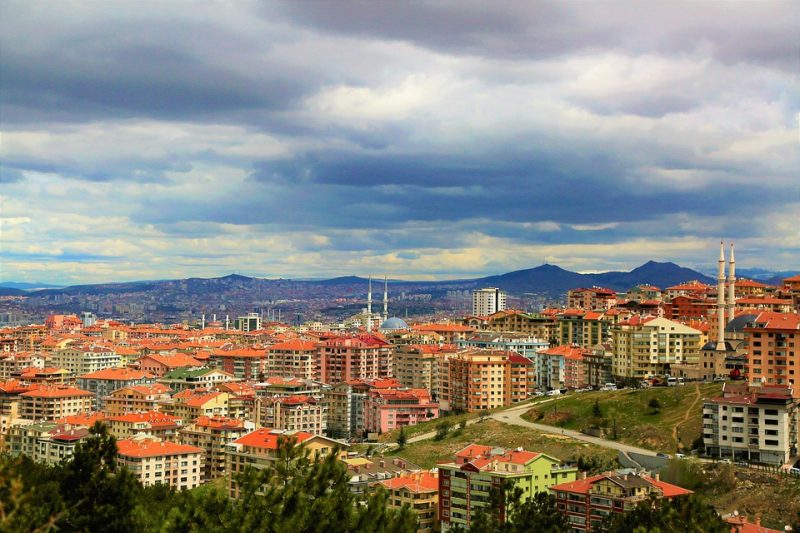
Pixabay
XI JINPING’S EFFORTS TO ELIMINATE POVERTY
After the glory of defeating the Coronavirus outbreak, the People’s Republic of China gets ready for two important meetings. The entire world is going to be affected by the decisions that will be made at the National Congress to be held on May 22.
On the other hand, during this period of great turmoil, President Xi Jinping is conducting inspection tours in the poorest regions of China. He inspected anti-poverty efforts in Shaanxi, the hometown of Xi Jinping, April 20 through 24. After moderating a series of important meetings in Beijing, Xi Jinping visited the mountain region in the north of Shanxi, one of the poorest municipalities in the country (Shaanxi and Shanxi are the neighboring municipalities. When their names are written as Latin alphabet, the pronunciation causes ambiguity).
These inspections finding time in such a crowded schedule is an indicator that President Xi attaches great importance to poverty alleviation. Xi Jinping, who is painted as a ‘dictator’ and a ‘demon’ by Donald Trump and Mike Pompeo, inspected the organic dayily farm in Yunzhu in the city of Datong. He visited the settlements of poor farmers and sat at the table with them. This town eliminated poverty via daylily trade. After Xi’s visit, the demand for Yunzhu’s daylily has increased!
The president of China carried out three inspection tours for three municipalities over the last month and half. The purpose of these visits were declared to be poverty reduction, environmental protection, restart of businesses and production, the protection of historical and cultural heritage, opening archaeological sites for visits and maintaining the struggle against the outbreak.
China has announced that they would eliminate absolute poverty in 2020. To accomplish this aim, less than eight months has remained. The coronavirus outbreak inconvenienced China. Thus, the President of China warns the government, ‘we should not waste a second while struggling against the outbreak’. President Xi mobilizes all sources of the country through his calls and deeds.
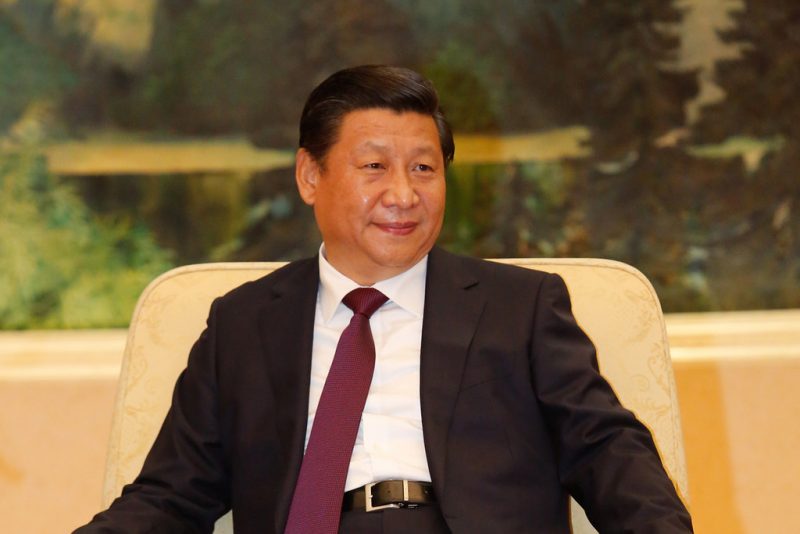
Flickr
730 MILLION PEOPLE WITHIN 25 YEARS
According to the World Bank, more than 730 million Chinese people were lifted out of absolute poverty between 1990 through 2015. The striking fact is that the World Bank declared that this progress could be achieved by the most advanced countries of the West only between 100 to 150 years. For the last forty years, the struggle against poverty in China contributed more than seventy percent (official rates) to the ongoing anti-poverty works across the world.
Let us quote the World Bank:
“China’s progress in poverty reduction over the last 25 years is enviable. One cannot fail to be impressed by what this vast nation of 1.3 billion people has achieved in so little time. In terms of a wide range of indicators, the progress has been remarkable. Poverty in terms of income and consumption has been dramatically reduced. Progress has also been substantial in terms of human development indicators. Most of the millennium development goals have either already been achieved or the country is well on the way to achieving them. As a result of this progress, the country is now at a very different stage of development than it was at the dawn of the economic reforms at the beginning of the 1980s. China’s poverty reduction performance has been even more striking. Between 1981 and 2004, the fraction of the population consuming below this poverty line fell from 65 percent to 10 percent, and the absolute number of poor fell from 652 million to 135 million, a decline of over half a billion people. The most rapid declines in poverty, in both the poverty rate and the number of poor, occurred during the 6th, 8th, and 10th plans. During the 7th plan period the number of poor actually rose, while in the 9th plan period, the poverty rate declined only marginally. But the pace of poverty reduction resumed between 2001 and 2004 and there are indications that during the first couple of years of the 11th plan poverty has continued to decline rapidly. The most recent official estimate of rural poverty in China for 2007 puts the number of poor at 14.79 million, or less than 2 percent of the rural population. While there is no official urban poverty line, estimates by others have found poverty levels in urban areas to be negligible using an urban poverty line that is comparable to the official poverty line for rural areas. These estimates thus suggest that only about 1 percent of China’s population is currently in extreme poverty.”
HOW DID CHINA MANAGE THIS?
Xi Jinping moderated a symposium titled “Resolving Prominent Problems in Poverty Alleviation” in Chongqing on April 16, 2019. His speech at that meeting was declared in QiuShi (to seek the truth) in December 2019 – the theoretical media organ of the Communist Party of China. In reference to China’s achievements in eliminating poverty, Xi Jinping stated:
“First, we have promoted exits from poverty in an orderly manner. The number of rural residents living below the current poverty line decreased from 98.99 million in 2012 to 16.6 million in 2018, a total reduction of 82.39 million. An average of more than ten million people have been lifted out of poverty each year for six years running, and the poverty rate has dropped from 10.2% to 1.7%. We have changed the former trend toward a year-on-year decrease in the number of people being lifted out of poverty after adopting new standards for exiting poverty, and broken the bottleneck that existed in the past two rounds of poverty alleviation in which we were unable to further reduce the poor population when it dropped to about 30 million. Among the country’s 832 poor counties, 153 have declared that they have left poverty behind, and 284 are undergoing relevant evaluation. The number of poor counties, which used to increase despite our poverty alleviation efforts, is now decreasing. It is estimated that after fulfilling this year’s task of lifting ten million people and 330 counties out of poverty, there will be only six million poor people and 60-plus poor counties across the country at the beginning of 2020.
Second, we have achieved overall success with regard to the “two assurances.” We have ensured that essentially all of our poor citizens have adequate food and clothing, and that people in most areas have access to roads, drinking water, electricity, communication, education, medical services, and safe housing.
Third, construction tasks in alleviating poverty through relocation are nearing completion. During the 13th Five-Year Plan period (2016-2020), we planned to relocate about ten million people registered as living in poverty from inhospitable areas. By the end of last year, construction tasks related to the relocation of 8.7 million people had been completed, and most relocated people have been lifted out of poverty. We expect that the remaining construction tasks will be fully completed this year.
Fourth, the CPC’s governing foundations in rural areas have been further consolidated. A large number of officials have been tempered in the fight against poverty, local CPC organizations in rural areas have seen their cohesiveness and effectiveness significantly enhanced, rural governance and management capacity at the local level has improved markedly, and the relationship between the Party and the public and between officials and the public has continued to improve.
The success and experience that we have gained in poverty alleviation has contributed Chinese wisdom and solutions to the cause of global poverty reduction, demonstrating the political strength of the CPC’s leadership and China’s socialist system and winning praise from the international community. Many countries and international organizations have expressed their hope to benefit from China’s experience in poverty reduction. China is the only developing country that has simultaneously brought about rapid development and large-scale poverty reduction and enabled the poor population to share the fruits of reform and development. This is a miraculous achievement.”
ONLY STATISM DEFEATS POVERTY
President Xi summarized the role of statism in this economic miracle, saying:
“To identify who should implement poverty alleviation initiatives, we have selected more than three million officials from government departments at or above the county level and from state-owned enterprises and government-affiliated institutions to serve as village-stationed providers of support. Currently, there are 206,000 first secretaries of CPC village committees and 700,000 village-stationed officials, in addition to 1,974,000 town-level poverty alleviation officials and millions of village officials. We have thus significantly bolstered our forces on the front lines of poverty alleviation, and ensured that our efforts in this regard overcome final key hurdles.”
CONCLUSION: MIRACLES COME FROM CONSISTENT EFFORTS AND SINCERITY
It seems that Xi administration accomplished this struggle through multi-dimensional financial aid that was maintained with sincere, and long-established education:
“To identify how poverty alleviation should be carried out, we have put forward five key measures to lift people out of poverty: some by increasing production; some through relocation; some through ecological compensation; some through education; and some by providing allowances to assist them in meeting their basic needs.
We have also alleviated poverty by boosting employment, improving medical services, and helping people earn returns on assets, etc. Overall, we have tailored initiatives to the needs of different localities and individuals, providing people with what they are missing and allowing them to do what they are capable of doing, thus alleviating poverty by getting to the root of the problem.”







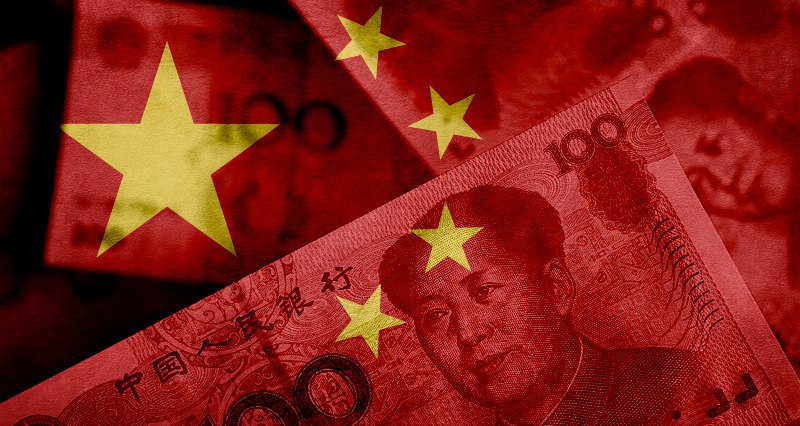





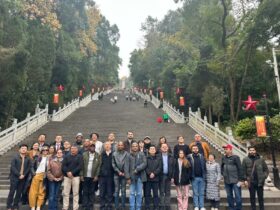

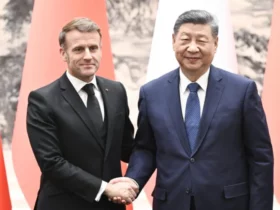

Leave a Reply